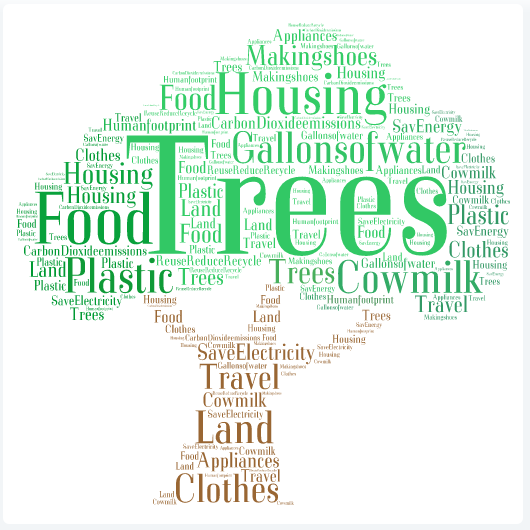ap environmental science
-
Unit #1-6
- scrAPES >
-
Articles
>
- Reviving dead zones
- Global Population and the Nitrogen Cycle
- Wetlands
- Life in the Ocean
- Prolific Afterlife
- Ecosystem on the Brink
- Caribbean Mangrove Swamps
- Which Species will Live?
- To eat an Invasive species
- Human Population Grows Up
- Population, Poverty and the Local Environment
- How Green is your City?
-
Unit #7
- Home
- Ecosystem Services
- Ch. 7
- Fast Food Wasteland
Threatened Loris
"Three New Slow Loris Species Discovered in Borneo; Rare Venomous Primates Threatened by Illegal Pet Trade" By: John R. Platt
December 15, 2012


